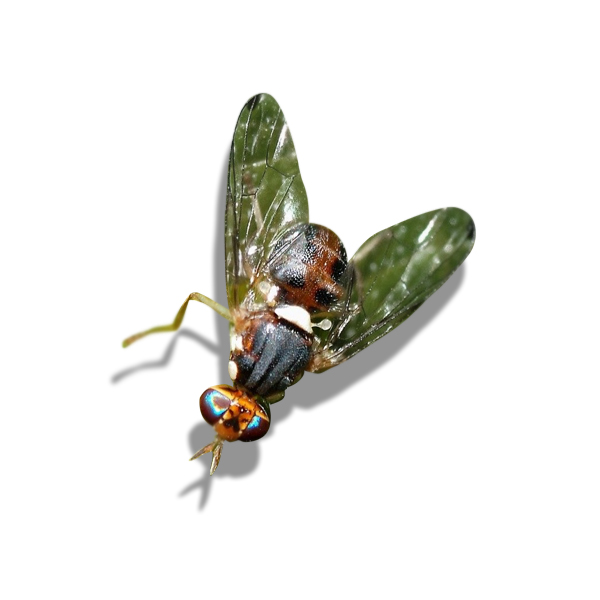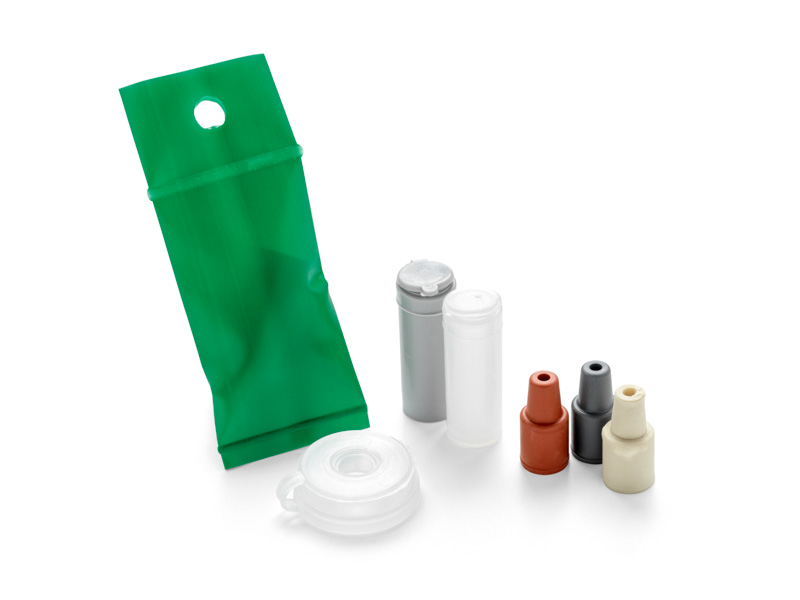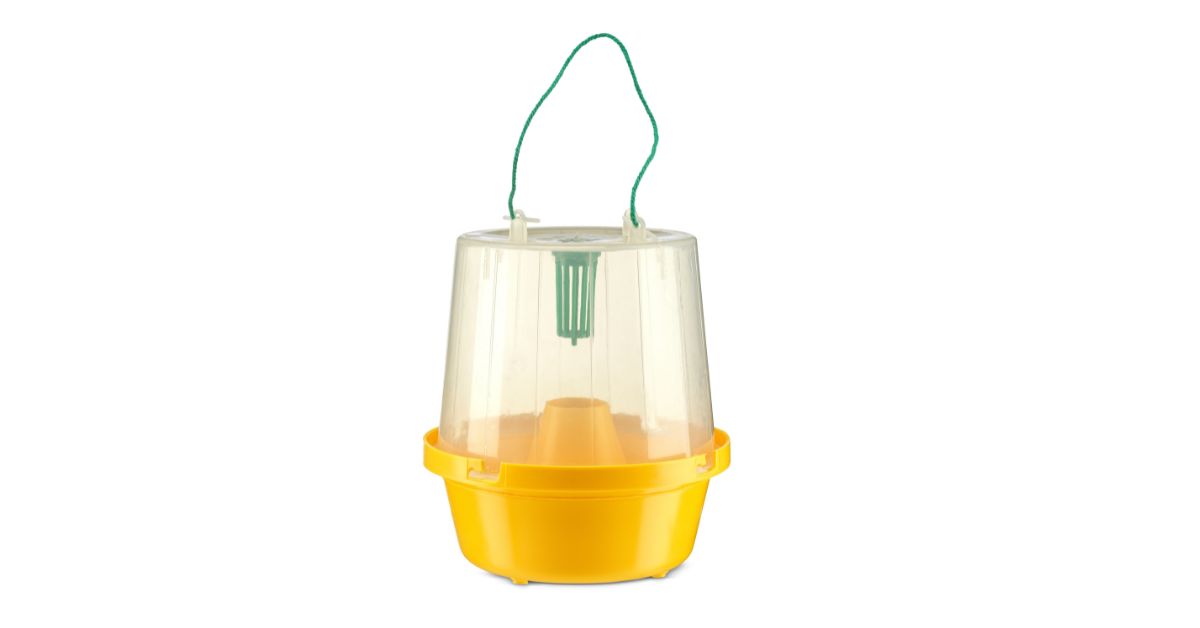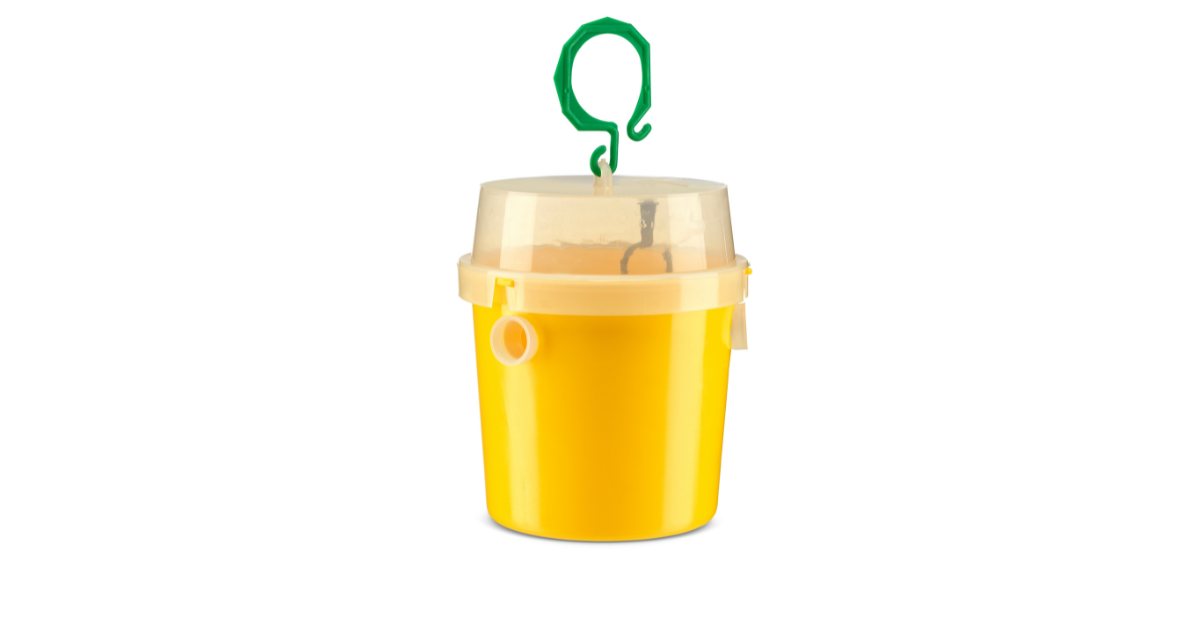Biology
Adult flies are 4-5mm with a small antenna, red eyes and yellow/ white spots on both sides of the thorax dark brown. They have clear wings with a dark spot near the tips and may have dark veins. The pest can survive as adults for several months.
Females can lay 50-400 eggs in a lifetime at a rate of 10-12 per day. The eggs are pearly white, smooth and elongated. They are difficult to see without magnification due to their small size of 0.7 mm long and 0.2 wide. It takes 2-10 days for the eggs to hatch.
The larvae are cream/ yellow and legless. Three stages develop during a period of 10-20 days. The pupae of olive fly are creamy white to yellow/ brown and 3-5 mm long. Pupation may last between 10 days and 4 months, depending on environmental factors. There can be 2-5 generations of olive fly per year.
Nature of Damage
The larvae of the olive fly is the only stage that feeds on the fruits. They feed exclusively on olive. Damage caused by the olive fly begins when the female pierces the protective olive skin to lay their eggs beneath the surface.
The larvae feed pulp may cause direct destruction and fall of the fruit, making them useless for canning. Larvae damage also increases the acidity of the fruit and reducing the quality of the oil.
Monitoring
Pheromones for Olive fruit fly, Dacus oleae/ Bactrocera oleae
Russell IPM manufactures and supplies pheromones, traps and surveillance systems for the complete control of the olive fly, Bactrocera oleae. The data collected from pheromone traps can give an early warning of infestation and also alert the user to low populations before they become serious.





